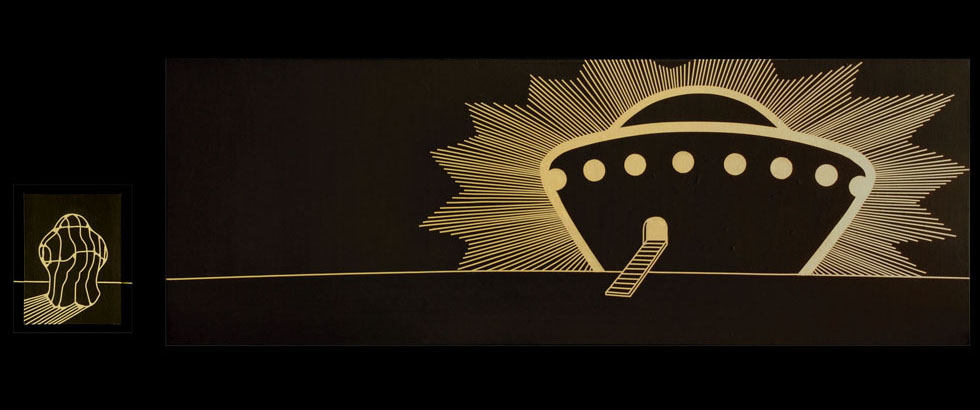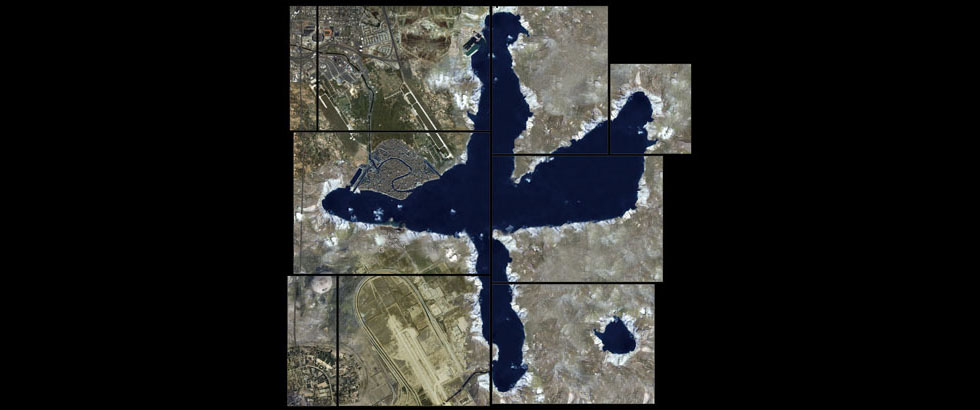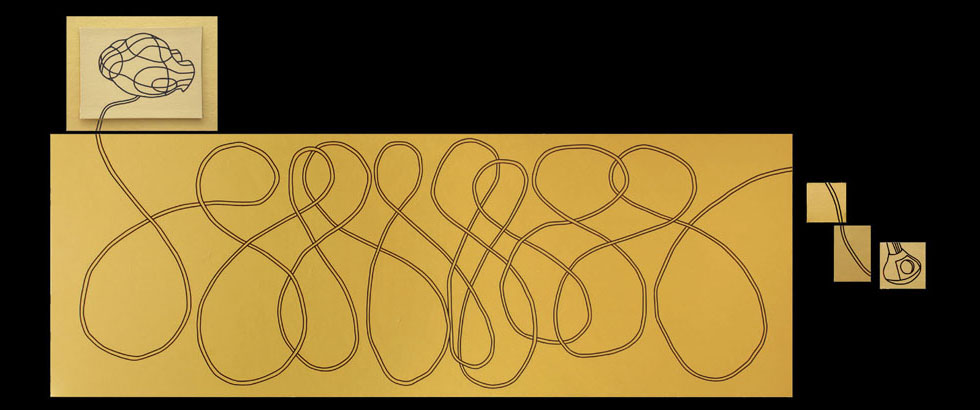Artists
Photo Credit: NIU Chun-Chiang
LIN Huang-Ti
LIN Huang-Ti
| Location | USA / Colorado |
|---|---|
| Residency | Anderson Ranch Arts Center |
| Year of the Grant | 2003 |
| Personal Website | LIN Huang-Ti's Personal Website |
Artist Statement:
There is a didactic relationship between my artwork and my career development. My work runs along the same vein as my personal existence. It bases its foundation on the resistance of practicality to survive in life and reacts to the society in which we live in with all its might.
I participated in the residency program at Anderson Ranch Arts Center in 2003. It was at a very fancy arts resort in Colorado. To my surprise, I saw a different side of the arts there in the US. It was in the form of a real, overwhelming, and professional ‘arts and creative culture industry.’ The Arts Center did not necessarily offer sophisticated exchanges among professional artists, but provided me an opportunity to experience the direct and industry-related connection between arts and American people’s everyday life. This experience had remodeled my managing strategy for the Paint House Studio in Tainan, Taiwan. A direction that sought a more direct and project-based art making, rather than the commercialized and industry-oriented management as implemented before.
I was one of the resident artists at the 18th Street Arts Center in 2012. Santa Monica is a tourist destination as well as a site for professional arts exchange in the West Coast of the US. It is closely connected with the local economy. I learned much about the art scene in Los Angeles through my residency here. The intact and healthy art ecology (environment) is important to the development of arts in general. Not only do artists and their works need to be valued, the factors relating to ‘ecological’ relationship between critics, collectors, art historians, museums, academia, galleries, government officials, media, industry, and general public, etc. need to be discussed and clarified. These agents need to support each other and respond to questions related to their social positions. It is useless by simply copying modes from other countries, even though this strategy has been in constant favor among our policy makers. All of the above ‘understandings’ are reflected in my work.


